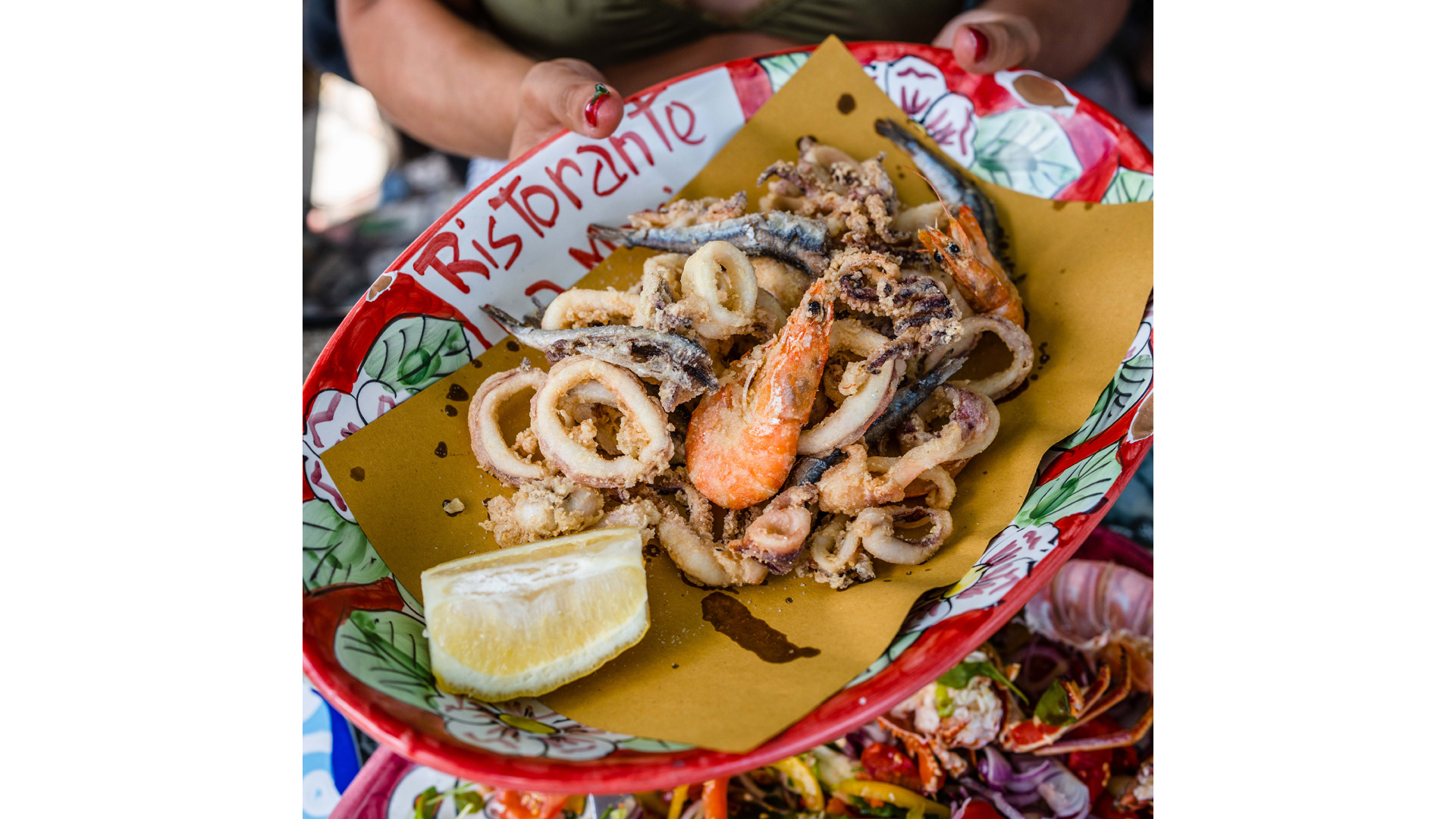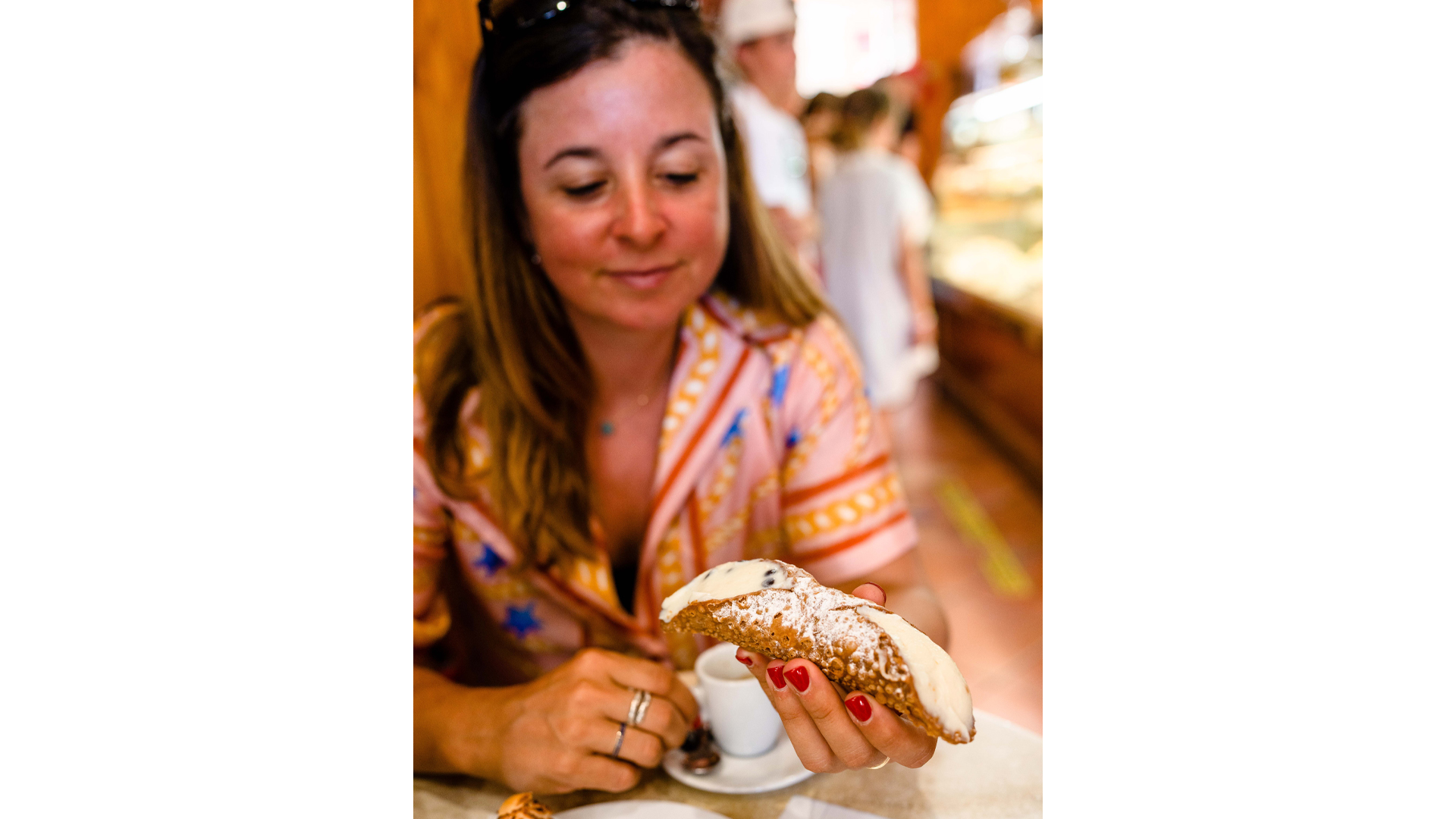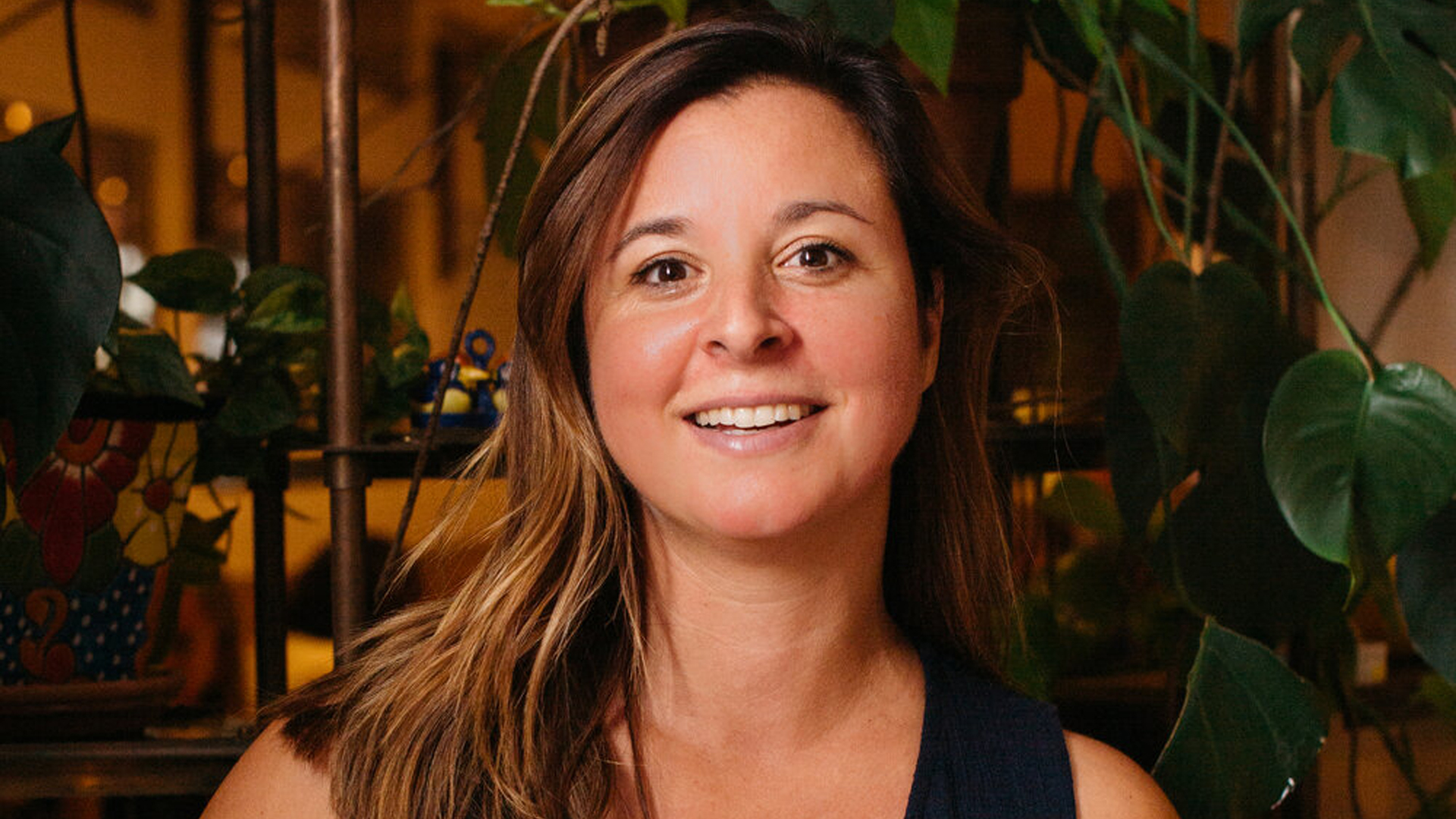Katie Parla has been living in and traveling around Italy while writing about food for two decades. For her latest cookbook, Food of the Italian Islands, she traveled to Italy’s many islands large and small. In Part I of the interview, we discussed foods like beans, rabbits, organ meats, and a whole lot more.
In the second part of this interview, we talked about traveling around the islands and how she assembled the stunning new recipe collection. The following interview has been divided in two parts and edited for length and clarity.

(Photo Credit: Ed Anderson)
America Domani: Let’s talk about Italian cars: you mention the Panda 4x4 and the three-wheel APE. What’s it like bringing a car to and from the islands?
Katie Parla: If you are traveling to Sicily or Sardinia, it is super simple to get your car there. Even in Ischia too, there are big ferry departures. But if you are just going for a few days, there are local rental companies. And this is actually one of the few moments in Italy where you can support a local economy in the car rental industry because so many of the islands have their small little local spots.
Pantelleria and Ischia both have real basic car rental options, including Fiat Pandas from before the 2004 redesign. It's not everyone's cup of tea to ride around in like a car with almost no suspension and threadbare seats, but if that's what you need, they can hook you up.
My most important piece of advice is not food or beverage related. It's to rent a car and get full insurance coverage. I wouldn't say none of the islands are walkable, but you don't want to be stuck waiting on public transport when the islands are fully open between Easter and the Day of the Dead. You want to have your own mobility. A car will get you to places that other people can’t get to. And throw on that full insurance and you have a consequence-free trip.
AD: Is it generally easy to park outside the cities?
KP: As long as you have a comfort level with ignoring the legal parking rules, which everyone does. There's not much traffic enforcement. You have to be okay with parallel parking.
AD: Pay the man who says he'll watch your car for 5 euros?
KP: Yes. Exactly.

(Photo Credit: Ed Anderson)
AD: What are your tips for finding a good restaurant and are there any red flags to keep in mind?
KP: Most Italians don't go out to dinner all the time. Even in big cities like Palermo, or Catania where you would expect there to be a zillion and one bomb ass places to go eat, that is not the case.
One thing that I always do, especially in places that don't have a lot of press about them or I don’t have a friend who has been there, is that I'll look at the restaurant's tab in Google and just look at pictures. If the pictures look like red flags, then that's a no.
One of the things that is so important about eating in the islands is to not devote all your time to eating in restaurants because the coolest and the most delicious food is at the rosticceria, it's at the cafeteria that the dudes paving the roads or collecting trash eat at every day. It's where there is fresh turn over.
In cities like Catania, Cagliari, or Palermo, when you are out and about at delivery time, at ten or eleven in the morning, you can see where they are unloading frozen food. It’s pretty obvious when the refrigerated trucks barrel down the old streets. But barring a deep understanding of provenance, I think just using common sense. Definitely budget time for those wine bar meals, rosticcerie, and bakery situations.
Italian fine dining does exist, but I find some of the least satisfying meals are served in venues that aim for a sort of global palate.
AD: One thing I noticed about your book are the stunning photographs and transporting me to summer vacation. Was this your vision?
KP: The photographer, Ed Anderson, shot Food of the Italian South, and I knew I wanted to work with him again. We were traveling in July and a combination of logistics and an entire airline canceling all of its flights, and preventing us from getting to Pantelleria. It required me to substitute some of the shots with iPhone photography. They're not Ed level.
The economic constraints of producing a book also required someone who works really, really fast. And the editorial requirements -- I wanted someone who was really good at shooting people, landscapes, and food. So not everyone excels at all of those, and Ed works really fast, and has such a nice demeanor that he puts people at ease immediately.

(Photo Credit: Ed Anderson)
AD: Did you know which foods you wanted to capture before you brought him on the project?
KP: This book is building on the Food of the Italian South, and it has one or two features per chapter which need to be illustrated, and then 85 to 100 recipes. I wanted to have landscapes and things, so the number of photos in the book is something almost pre-determined, but you don't have to think about it.
AD: Since you have degrees in gastronomy, did you find the research to be more academic or journalistic?
KP: There are some documented food items for certain parts of the Islands, but if I relied only on academic sources, then I wouldn't have enough to write about. I would be really focused on the Medieval courts of Palermo and Naples.
It is a real mix: a little bit of archival research; historical cookbooks; and anecdotal accounts that come from interviewing people about the evolution of their own cooking and their memories of their family cooking. It's a mix of all of the above.
AD: The book includes a lot of linguistic elements. How did you decide to incorpoate language for an American audience and how much they should know?
KP: I always write my books for a curious home cook or traveler, and a professional. When I'm editing, I want to make sure that if an Italian professional chef or someone who is a professor in food history read the book, they would be like: this person is serious and knows what she is talking about, but is also doing it in a way that is practical rather than just doing a language class.
I always have dual language titles, knowing that even a small amount of basic Italian is over so many people's heads. It certainly was over mine for most of my teens and early twenties, but I want it to be there anyway as a testament to the actual names of the dish.
Ian MacAllen
Ian MacAllen is America Domani's Senior Correspondent and the author of Red Sauce: How Italian Food Became American. He is a writer, editor, and graphic designer living in Brooklyn. Connect with him at IanMacAllen.com or on Twitter @IanMacAllen.

